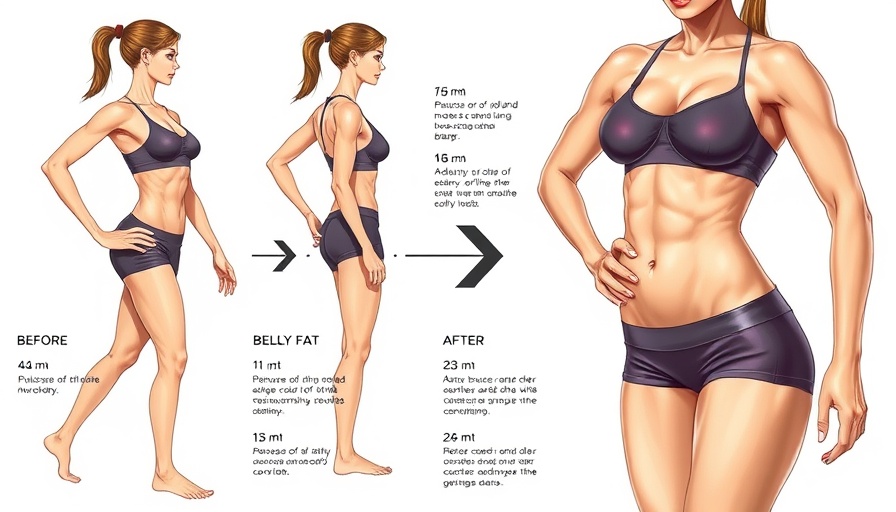
Strengthen Your Foundations: Why Stability Matters
Did you know that many movement problems can silently develop long before you even notice them? In the quest for fitness, often stability takes a backseat to flashy workouts. Yet, foundational exercises that build stability should be front and center. Our bodies rely on a complex interplay of muscles, and neglecting these foundational movements can lead to long-term consequences.
In 3 Stability Exercises You’ll REGRET Ignoring in 10 Years, valuable insights are shared about the critical nature of stability, prompting a deeper analysis.
Three Essential Exercises: What Your Future Self Will Thank You For
The video 3 Stability Exercises You’ll REGRET Ignoring in 10 Years highlights three critical exercises essential for maintaining strength and stability. These movements are not just beneficial; they are essential as we age. Here's a detailed breakdown of each exercise:
The Split Squat Hold: A Game Changer for Lower Body Stability
The split squat hold might appear simple, but its importance cannot be overstated. This exercise targets the hips, quads, and glutes, effectively engaging them in a way that supports alignment and balance. By lowering your hips with one foot forward, you’re building the strength needed for real-world activities, such as catching yourself if you trip or walking confidently over uneven ground.
Push-Ups: The Ultimate Upper Body Workout
Often underestimated, the push-up is a powerhouse for upper body strength. It enhances shoulder stability and encourages good posture, vital for those who spend hours hunched over desks. This exercise allows the chest, shoulders, and core to work collectively to maintain spinal alignment. Even if you struggle with full push-ups, variations such as knee push-ups can still yield great results for maintaining strength and preventing future aches.
Calf Raises: The Unsung Hero for Balance and Mobility
Although calf raises may seem straightforward, they play a critical role in stabilizing the ankles and enhancing balance. Strengthening your calves with this exercise not only prevents slips and falls but also increases mobility and energy. Performing calf raises with controlled precision works to improve your overall gait and endurance, making it a valuable addition to your fitness routine.
Recommended Practice: Making Stability a Habit
Incorporating these exercises into your regular routine is essential for fortifying your body against the inevitable consequences of sedentary lifestyles. Whether you're a fitness trainer or a gym owner, advocating these exercises can transform the future health of your clients. Encourage them to commit to at least two or three sessions a week focusing on stability, starting with short holds and controlled repetitions.
The Relevance of Stability Training to Current Fitness Trends
As we become increasingly aware of the importance of functional fitness, integrating stability exercises into training regimens reflects current trends. Millennials and Gen Z are demanding more than just aesthetics from their workouts; they seek holistic health that emphasizes longevity and injury prevention. For trainers, this presents an opportunity to differentiate themselves by incorporating these foundational movements into their programming.
Final Thought: A Call to Action for Trainers and Gym Owners
Fitness professionals have a unique responsibility to prepare clients for a lifetime of healthy movement. Incorporating stability exercises into their programs not only enhances the effectiveness of workouts but also fosters a culture of health that extends beyond the gym. Let's prioritize these often-overlooked exercises, setting our clients up for success and well-being for years to come. Embrace the concept of 'strong foundations' in your training philosophy, and watch as your clients thrive in their fitness journeys.
 Add Row
Add Row  Add
Add 




Write A Comment